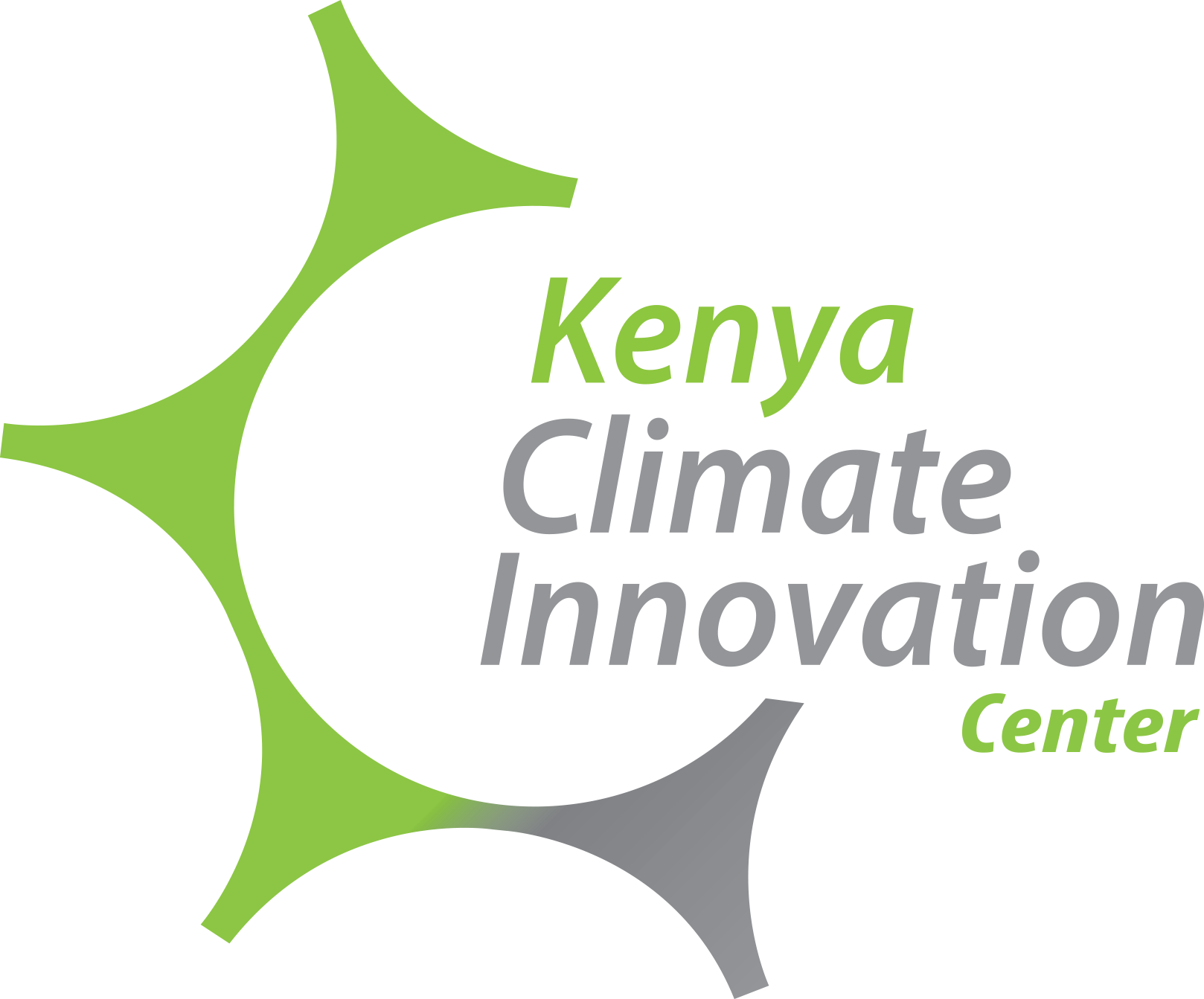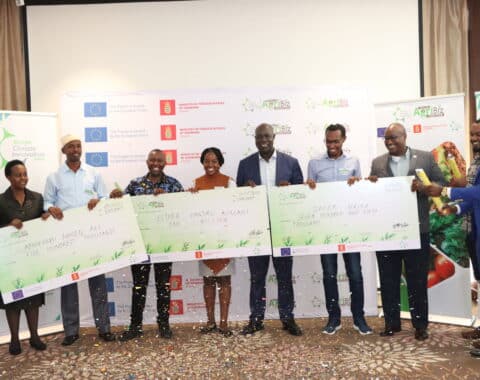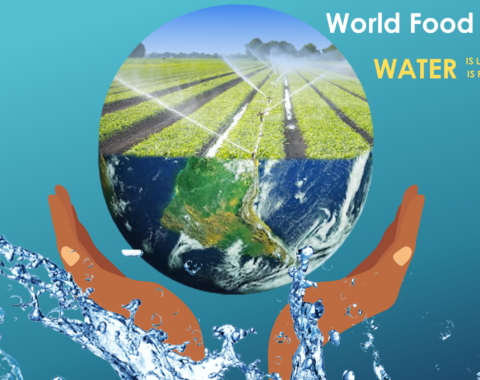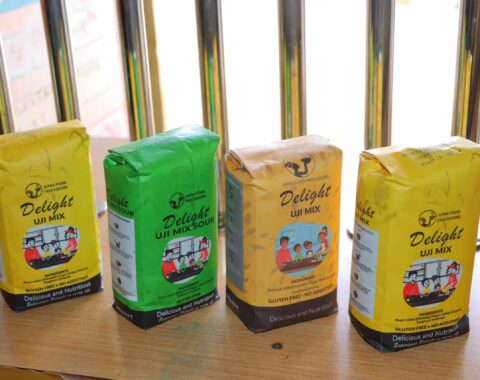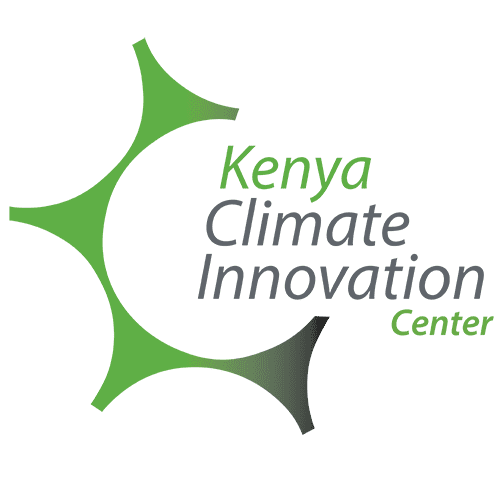Most of the land in Kenya is made up of ASALs, where nomadic pastoralism is practiced. Camels are the primary milk producers in North Eastern Province, one of the core ASAL regions, particularly during the dry season when other livestock perish or become unreliable. A region with a prominent poverty level, frequent flooding or drought, and a dusty atmosphere is home to about 1.7 million camels. Even though highland milk production has been the subject of extensive research, little has been done in ASALs, to improve milk production.
Thermal stress is one of the key issues dairy farmers in these arid areas face. Lactating cows exhibit hyperthermia in temperatures above 28°C, even in the absence of humidity, and a condition known as heat stress develops, which lowers feed intake, milk yield, milk fat and protein production, as well as reproductive rate. In the meantime, there is a noticeable increase in body temperature and respiration rate. Dairy cows consume less feed when under heat stress and a smaller amount of feed must include more nutrients. To prevent a decrease in milk production, it becomes crucial to maintain enough food intake. Feeding high-quality forage, feeding additional grain, and using supplementary lipids are a few methods to boost dietary nutritional density. More easily digestible diets that can be taken in larger quantities may be produced by decreasing the forage to concentrate ratio. More concentration would cause acidity issues, which would cause cows to quit eating. Sodium bicarbonate could function as a buffer to help the rumen adjust to a higher concentration of concentrate.
There has been introduction of cooling systems based on spray and fans erected in the holding pens before the milking parlor in most arid regions with extremely elevated temperatures to deliver 1, 2, or 3 h of cooling to milk-producing cows. Cooling systems are typically installed within free-stall barns or beneath shades in open area corrals to reduce the heat load on dairy cows by exploiting the principle of evaporation, combining water misting and forced ventilation through the use of spray and fans. These cooling strategies have consistently increased feed intake and milk production in regions with high ambient temperatures.
When it comes to camel milk production in an area like Isiolo, various parties involved in milk marketing operations are drawn to the value chain. Anolei and Tawakal are the two primary camel milk cooperative societies founded locally to mitigate the county’s low productivity in the milk processing and marketing systems. The enterprises are beneficiaries of KCIC AgriBiz program aimed at increasing productivity in arid areas.
The difficulty is that the mechanism for producing camel milk significantly depends on the vagaries of weather, which lead to changes in milk availability and costs. The system’s regular operation is interfered with by these climate fluctuations and rainfall seasonality, which are accentuated by fluctuating weather conditions.
As a result, a well-regulated camel milk value chain model that deals with satisfying the current environmentally challenged value chain system has been established. It has focused on strengthening networks, increasing market access, strengthening institutional arrangements, and facilitation effective regulatory mechanisms to increase milk production.

